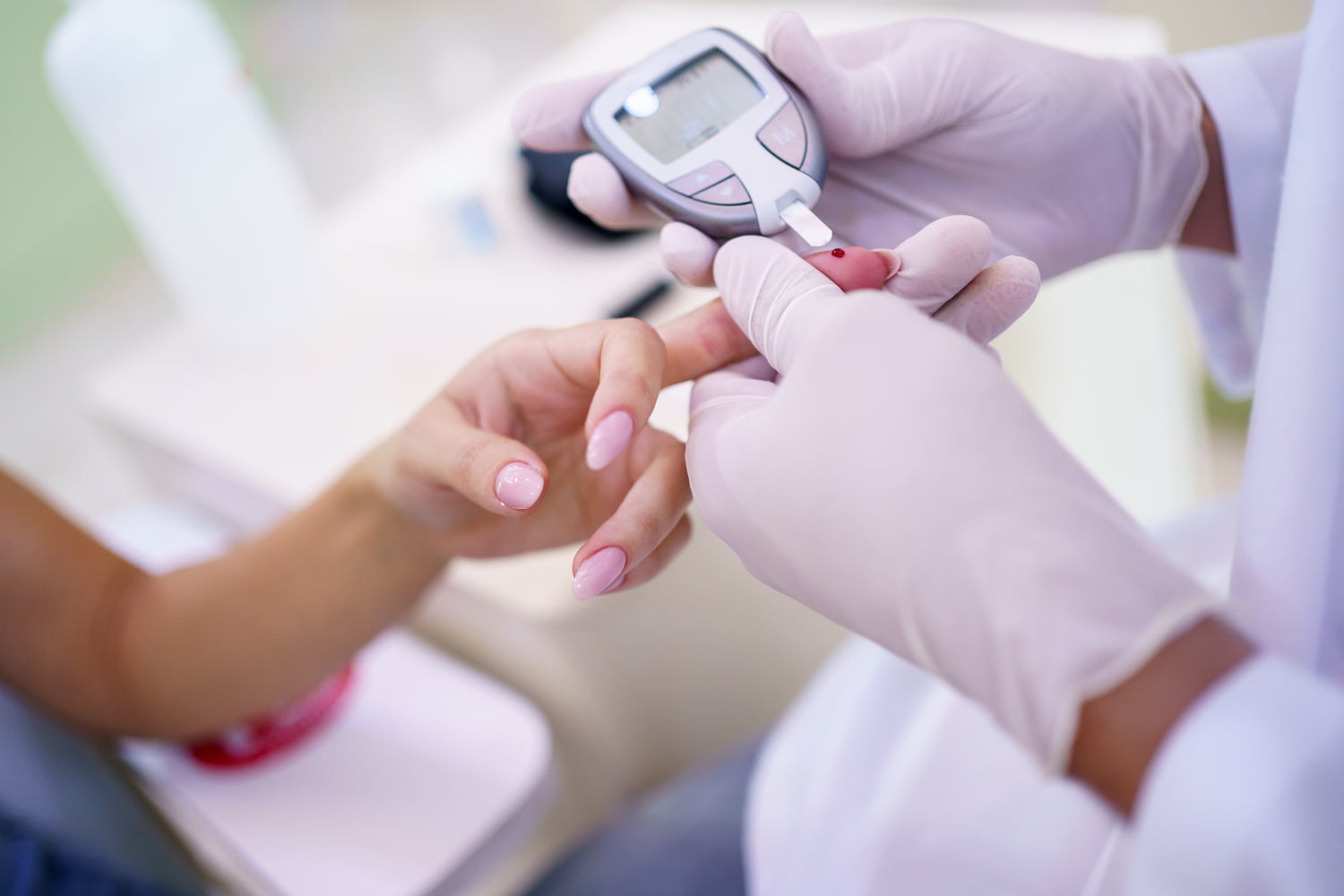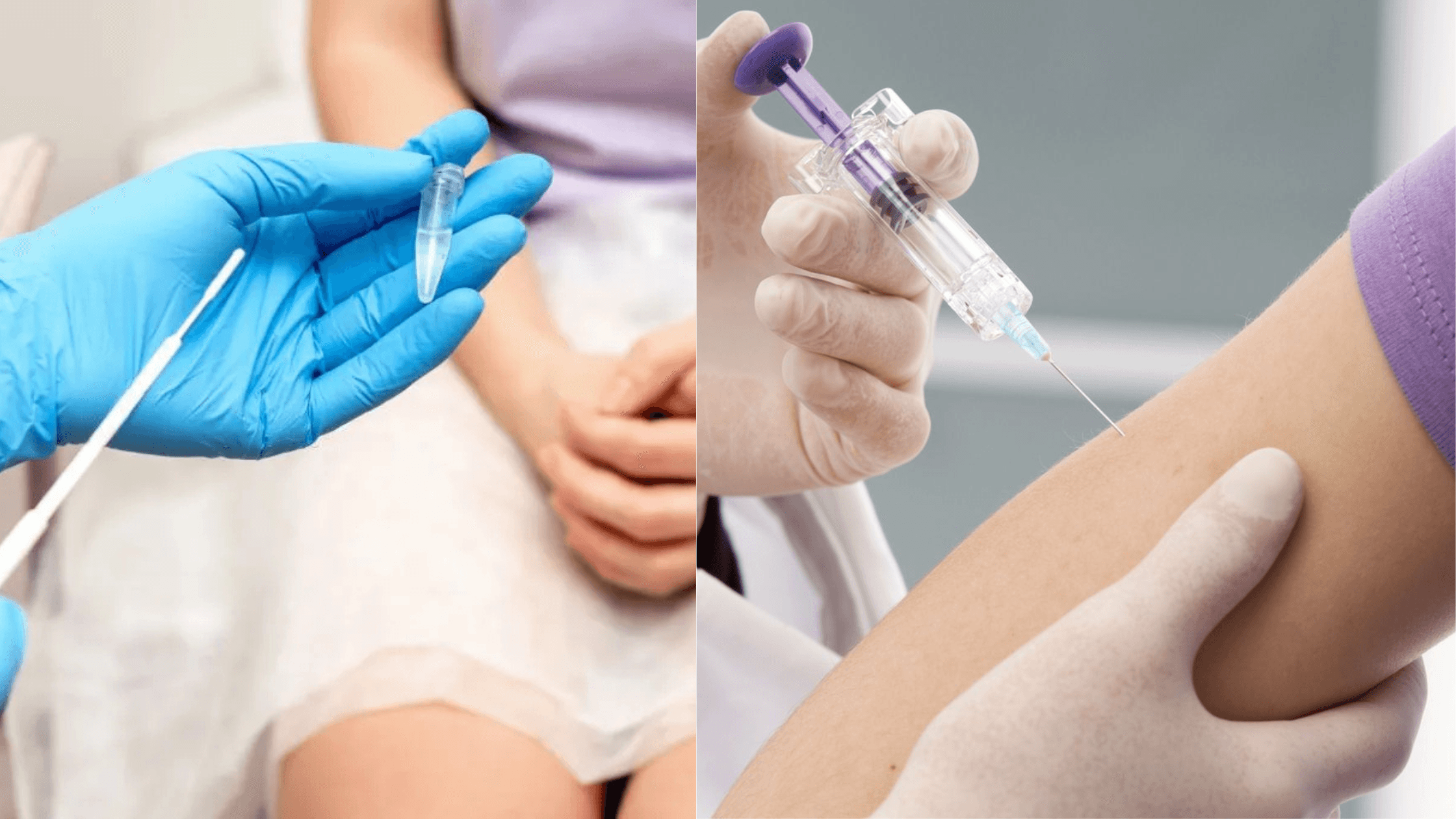Prediabetes – a condition often referred to as the “warning zone” for type 2 diabetes – affects millions of people worldwide. The good news? It’s not an inevitable progression, and with proactive lifestyle changes, you can prevent prediabetes from developing into full-blown diabetes.
What is Prediabetes?
According to a recent 2020 study, 1 in 10 of Malaysians currently suffer from prediabetes. Prediabetes occurs when your blood sugar levels are higher than normal but not yet high enough to be classified as type 2 diabetes. While it doesn’t guarantee to develop into type 2 diabetes, it increases the risk drastically.
Left unchecked, prediabetes can increase your risk of developing serious health complications like heart disease, stroke, and kidney disease. Fortunately, blood sugar levels measured during prediabetes can usually be reversed.
Blood Sugar Readings for Prediabetes vs. Diabetes
| HbA1c | Fasting Blood Sugar | Glucose Tolerance | |
|---|---|---|---|
| Normal | < 5.7% | < 100 mg/dL (5.6 mmol/L) | < 140 mg/dL (7.8 mmol/L) |
| Prediabetes | 5.7% - 6.4% | 100 -125 mg/dL (5.6 - 6.9 mmol/L) | 140 to 199 mg/dL (7.8 to 11.0 mmol/L) |
| Diabetes | ≥ 6.5% | ≥ 126 mg/dL (7.0 mmol/L) | ≥ 200 mg/dL (11.1 mmol/L) |
Here’s the typical readings from tests done of normal people, and those with prediabetes or diabetes. Understanding the differences and threshold can help you identify your status and whether or not you’re at risk of developing further.
To find out your own readings, you’ll have to take one of the following tests to measure your blood sugar. All of these tests are usually available at clinics, Klinik Casabrina included.
Blood sugar tests play a vital role in diagnosing and monitoring diabetes and prediabetes. These tests provide valuable information about how your body processes sugar and can help you doctor make informed decisions about your health.
Fasting Blood Sugar Test
This test measures the amount of glucose (sugar) in your bloodstream after you haven’t eaten or had anything but water for at least 8-12 hours. It provides a snapshot of your blood sugar level at a specific point in time.
Glucose Tolerance Test
This test goes beyond a single blood sugar measurement. It assesses how your body handles a sugary drink. Your blood sugar is measured after fasting, then again at regular intervals (usually 1-2 hours) after consuming the drink. This reveals how your body processes and regulates blood sugar after a sugar load.
HbA1c Blood Test
This test measures a different aspect of blood sugar control. It measures the percentage of haemoglobin (the oxygen-carrying protein in red blood cells) that has sugar attached to it. Unlike a fasting blood sugar test, an HbA1c reflects your average blood sugar control over the past 2-3 months, providing a broader picture.
Risk Factors of Prediabetes
Weight
Being overweight or obese is a major risk factor for prediabetes. Excess weight, particularly fat around the abdomen, can contribute to insulin resistance, a condition where your body’s cells become less responsive to insulin.
Physical Inactivity
A sedentary lifestyle increases your risk of diabetes. Regular physical activity helps your body use insulin more effectively and improves overall health.
Family History
A genetic predisposition to diabetes will increase the risk of developing prediabetes so if anyone in your immediate family is struggling with diabetes, the likelihood is high that you may be too.
Smoking
Smoking damages blood vessels and can worsen insulin resistance, increasing your risk of prediabetes and further development into diabetes.
In certain cases of other non-modifiable risk factors specifically affecting women are those who develop diabetic symptoms during pregnancy and women with PCOS. Both of these conditions have symptoms that overlap and increases risk of prediabetes.
Steps to Prevent Diabetes – Lowering Blood Sugar Levels

Fortunately, prediabetes is a wake-up call, an opportunity to make changes that significantly reduce your risk of developing type 2 diabetes. Here are some key strategies to embrace —
Healthy Diet: Ditch the processed foods and sugary drinks. Focus on a well-balanced diet rich in fruits, vegetables, whole grains, and lean proteins. These choices help regulate blood sugar levels and promote overall health.
Move Your Body: Regular physical activity is a cornerstone of prediabetes prevention. Aim for at least 150 minutes of moderate-intensity exercise (think brisk walking, biking, or swimming) or 75 minutes of vigorous exercise (jogging, jumping rope) each week. Even small increases in activity can make a big difference.
Weight Management: Even modest weight loss (5-10% of your body weight) can significantly improve blood sugar control. Combining healthy eating with exercise creates a powerful formula for weight management.
Regular Sleep: Chronic sleep deprivation can disrupt hormones that regulate blood sugar. Aim for 7-8 hours of quality sleep each night to optimise your health and well-being.
Manage Stress: Chronic stress can elevate blood sugar levels. Explore stress management techniques like yoga, meditation, or deep breathing to keep stress in check.
Get Your Blood Levels Checked for Prediabetes
Regular checkups with your doctor are crucial for early detection of prediabetes. A simple blood test can identify elevated blood sugar levels. If diagnosed with prediabetes, your doctor will work with you to develop a personalised plan to manage your condition and prevent the progression to type 2 diabetes.
Talk to one of our doctors at Klinik Casabrina for guidance and support in implementing lifestyle changes. With dedication and a commitment to healthy habits, you can prevent prediabetes and live a healthier, happier life!






